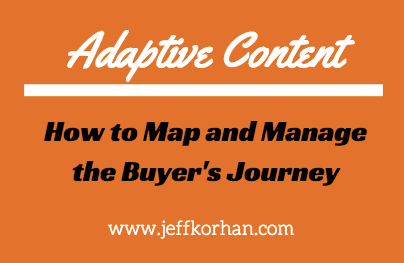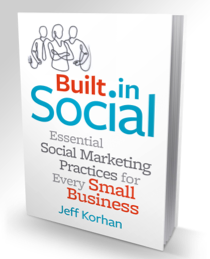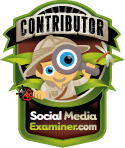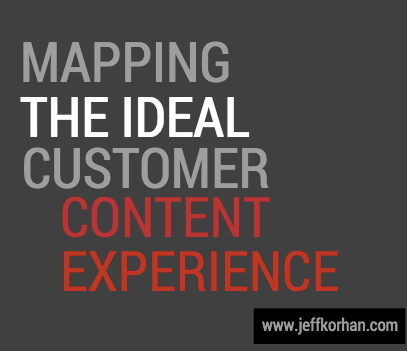
David Packard, cofounder of HewlettPackard (HP) once observed that “marketing is too important to be left to the marketing people.” That was decades ago.
Yet, even then he intuitively recognized that it’s more than promotion. Marketing is a major contributor to the comprehensive customer experience.
Now that online media increasingly stands in for traditional marketing, selling, and customer service, it’s time to recognize its role for adding value to the customer experience with your products and services.
In short, if you want to attract and retain more customers and enjoy greater profit margins you need to enhance the value of the content experience by planning and mapping it out.
Here’s how.
Reverse Engineer The Traditional Customer Experience
The traditional customer experience was predominantly associated with the product (or service) and followed the typical sequence of marketing first, then selling and customer service. Each stage determined the responsibility for nurturing the customer relationship.
In a digital world, content transcends those stages (and others, such as production) to affect how buyers are thinking, seeing, doing and feeing about your product. For example, let’s say you have sold a product and the customer is uncertain about how to properly use it.
This is reminiscent of the old days when print “instruction manuals” that accompanied products were poorly written, and therefore, confusing. The unhappy consumer turned to the customer service department, and having to do so immediately compromised the experience.

Nowadays, website designers use something called the empathy map to plan out the user experience with a site by asking relevant questions. You can apply it to your business by simply taking a large board and dividing it into four quadrants labeled: thinking, seeing, doing and feeling (or download template here). Then use sticky notes to answer questions such as:
#1 – When using our product what are our customers thinking?
#2 – What do buyers do when they visit our website?
#3 – How do our customers see their day-to-day lives?
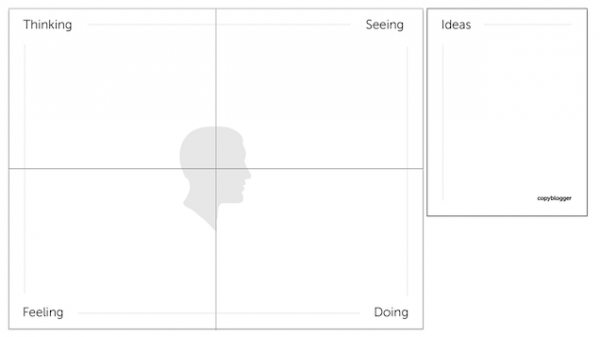
The idea is to really get personal and understand the worldview of your ideal customer, client or user, and then address that with your marketing content. It will make for a better experience for your customers and staff that serves them.
Here’s an Example
I recently gave two keynote presentations to a group of marketers. I received a thank you note from the meeting planner that stated 90% of the attendees felt the program were excellent. It also included a few quotes, with one reading: “Jeff did a great job, but did not customize for our industry.”
Rather than attempt to prove that I did customize, it’s smarter to use this as an opportunity to provide content that adds more value to the product (the paid presentations). I offered to write an article for the organization’s publication to clarify the issue and provide a list of actionable tips (cheat sheet) specifically for their industry, and they enthusiastically accepted.
More important, I will add this idea to customer touchpoints for future speaking engagements to enhance the experience with my company.
If your business actively seeks feedback from its customers you have a good idea how they want to feel after working with your business. Give that to them with products AND helpful information that answers questions and otherwise solves problems.
What your business does or does not do throughout the customer content experience is the engine of business success or failure. Mapping it will help make it more favorably predictable.
About the Author: Jeff Korhan, MBA, is the author of Built-In Social: Essential Social Marketing Practices for Every Small Business and host of This Old New Business podcast.
He helps mainstream businesses adapt their traditional growth practices to a digital world. Connect with Jeff on LinkedIn, Twitter, Facebook, and Google+

